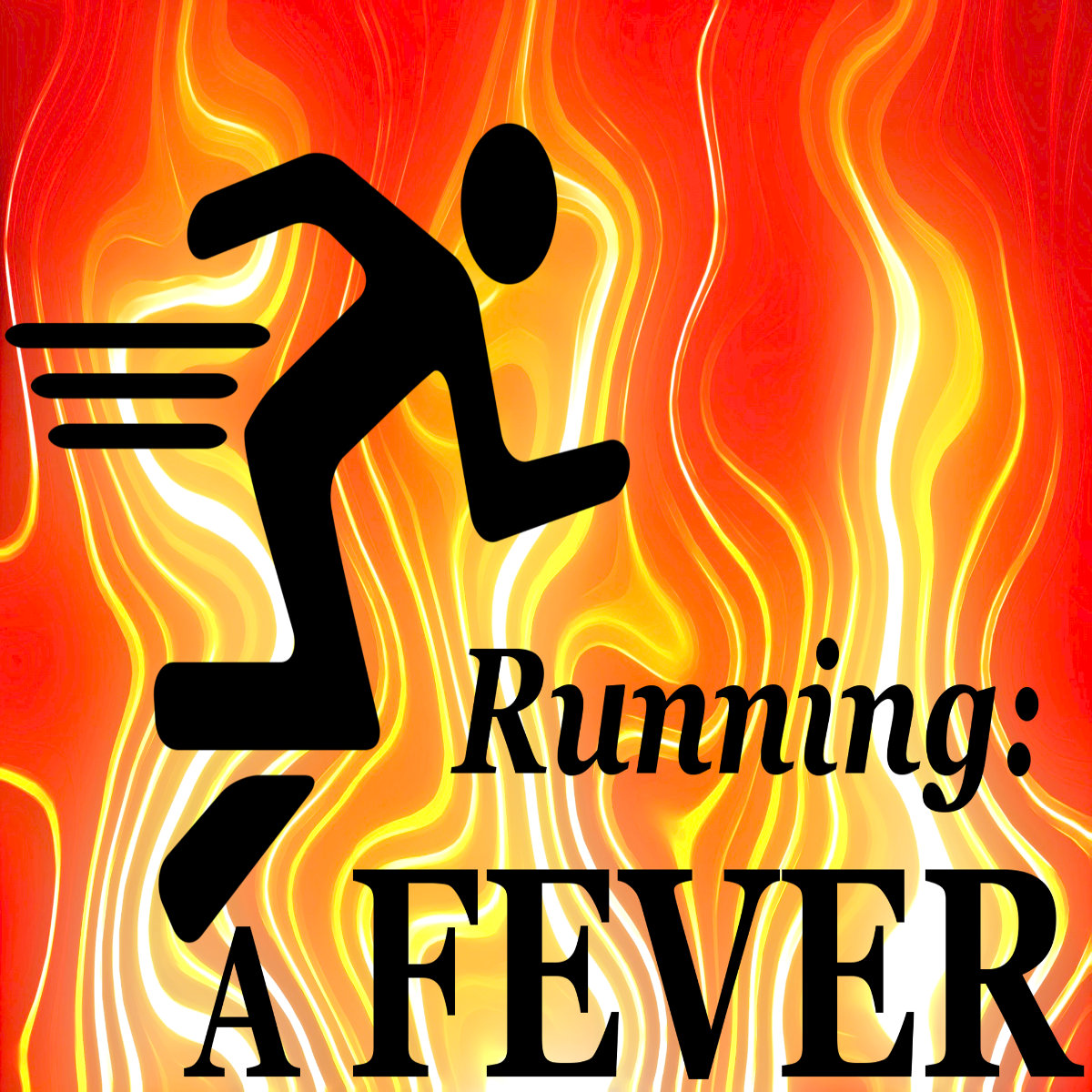Welcome to Running: A FEVER. My name is Michael Davis. This is a podcast about fitness, diet, and medicine. My goal is to live a long, healthy, happy, active life right up to the very end. And I want to do that by loving my life enough to make it last as long as possible.
In the last episode, we talked about the topics we will cover in this series about the possibility of stopping or even reversing the aging process, how that can happen, and the ethics and implications this revolution might bring to society. This time, we will go in-depth on the first of these topics, reclassifying aging as a disease: the idea of aging as a treatable disease and its implications for medical research and funding.
For a long time, aging is the same thing as just getting older. In our society, old age is seen as a cause of death. Does disease cause death? Then why can’t aging be a disease?
However, the deterioration we experience as we progress through life is not classified as a disease and is rarely listed as the cause of death on a death certificate. It is not found among the over 14,000 diseases, symptoms, and injuries classified in the “International Classification of Diseases” index maintained by the World Health Organization. But couldn’t some of the immediate causes of death be mere symptoms of the disease of aging?
The older we get, the less able we are to combat illness. An immunosenescence process, a gradual decline in immune system effectiveness, begins at around 50. Immune response is slower, vaccines are less effective, and the immune system may attack healthy tissue.
Flexibility decreases, and gravity begins to take its toll. This leads to injury, which may require surgery, which is more dangerous due to weakness of the immune system and greater susceptibility to heart failure. Diabetics with foot injuries over the age of 50 have a greater than 50% mortality rate over five years.
Aging is extremely dangerous. Your chances of contracting a deadly disease increase by 1000 times between 20 and 70. Yet we accept it as inevitable and devote little resources to fighting it. The classified diseases are ranked in order of their mortality rates, and funding for research goes in this order, with heart disease and cancer at the top of the list. Here is the list for the United States as of 2022, according to the CDC:
1. Heart disease: 702,880 deaths per year
2. Cancer: 608,371 deaths per year
3. Accidents (unintentional injuries): 227,039
4. COVID-19: 186,552
5. Stroke (cerebrovascular diseases): 165,393
6. Chronic lower respiratory diseases: 147,382
7. Alzheimer’s disease: 120,122
8. Diabetes: 101,209
9. Nephritis, nephrotic syndrome, and nephrosis (kidney disease): 57,937
10. Chronic liver disease and cirrhosis: 54,803
If aging were classified as a disease, it would be number one. This classification determines medical research funding, drug development, and insurance coverage.
One of the big hurdles in changing the classification of aging is that you can only call something a disease if it affects less than 50% of the population. Aging affects us all. The rule has to change for us to move forward.
Imagine what we could accomplish if aging were recognized as the disease most lethal to man. It would get more funding than any of the diseases we fight today, the curing of none of them increasing overall life expectancy more.
We take aging for granted because we think it is incurable and not worth our time to fight. Is it curable? In the following episodes we’ll find out how by addressing genetics, calorie restriction and fasting, exercise, cold and heat exposure, and future medicines and technology. I hope you’ll join me.
And I hope you found this episode insightful and enlightening on the topic of aging as a disease. If you liked it, please hit the like button on the YouTube video. And while you’re there, subscribe. It only takes a click and costs you nothing, and helps us reach more people with information like what you found in this episode. And if you have the fever, keep it burning. If not, catch the fever, and I’ll see you next time on Running: A FEVER.
References:
Sinclair, David A. and LaPlante, Matthew D. (2019). Lifespan: Why We Age — and Why We Don’t Have To. Atria Books.
https://tinyurl.com/immunosenescence
https://www.cdc.gov/nchs/fastats/leading-causes-of-death.htm
